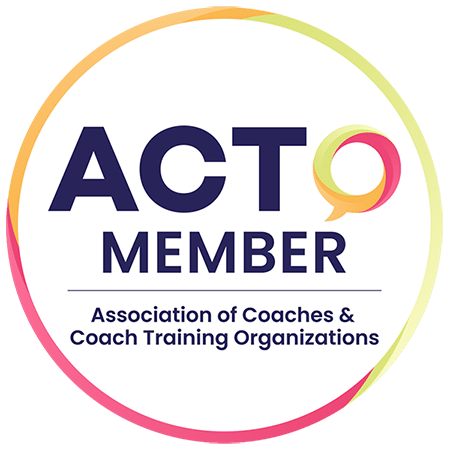
By Dr. Pat Williams, Ed.D., MCC
The traditional communication style we learned as children arose from the influence of the manufacturing boom of the 60’s and 70’s. A work environment that affected the entire culture, the majority of adults learned a communication style that revolved around:
Define the problem ► Analyze it ►Recommend a solution
This approach appeals to the logic centers of the brain, and works well to pass on information to people who want to hear it, or who are obliged to comply and follow without question. However, the aim of a transformational leader or coach is to catalyze change, and motivate people in a fundamentally new way. Within this paradigm, old-school communication has two flaws:
1. It doesn’t work.
2. It often makes the situation worse.
People who disagree with you, who are stuck in relational habits won’t respond well to your list of reasons to change. In fact, lecturing them on your beliefs leads to greater entrenchment in their long-held approaches and behaviors. We call this a confirmation bias, which is a tendency to interpret new information in a way that confirms one’s preconceptions and to avoid information and interpretations that contradict existing beliefs. We listen attentively for messages that confirm our own thinking — and upon hearing them, we feel rewarded and validated. Therefore when a listener’s confirmation bias is activated by the brain’s emotional centers, your reasons for change are reinterpreted as reasons not to change. This reaction can often give birth to contagious skepticism and cynicism.
The Devil in the Details: Words Matter
If you want people to organize their thinking in new ways and be receptive to new ideas, be wary of planning your communication or presentation with logic at the outset that challenges their ideas. The tiniest details can activate a conformation bias in your listener, and make or break communication, Your choice of words, the patterns they form, or even the order in which patterns are deployed will influence your audience’s willingness to listen.
Successful leaders and coaches follow a unique, identifiable pattern:
Grab the audience’s attention ► Stimulate desire ► Reinforce with reasons
When language follows this sequence, you can inspire enduring enthusiasm for a cause and spark action. Successful leaders and coaches also don’t rely on a single communication. As implementation proceeds, they reinforce communication to co-create the future by continuing the conversation. The language of leadership is most effective when you:
1. Can share intelligent stories and narratives
2. Display appropriate, congruent body language
3. Demonstrate an understanding of the audience’s story and context
4. Help your audience see the goal so they become willing to commit to the process





